Visible Lasers
Definition: lasers (or other laser-based light sources) emitting visible light
More general terms: lasers
More specific terms: red lasers, yellow and orange lasers, green lasers, blue lasers
German: sichtbar emittierende Laser
Categories: nonlinear optics, lasers
How to cite the article; suggest additional literature
Author: Dr. Rüdiger Paschotta
The term visible lasers is used to denote lasers emitting visible light, or sometimes laser devices generating visible light via nonlinear frequency conversion.
Lasers with Direct Visible Emission
Laser which directly emit visible light constitute a minority – most lasers emit in the infrared spectral region. Some examples of solid-state lasers emitting visible light are:
- Various laser diodes can emit visible light. Examples are GaInP and AlGaInP-based red laser diodes, and GaN-based blue-emitting diodes.
- The first demonstrated laser was a ruby laser emitting at 694.3 nm.
- Titanium–sapphire lasers emit mostly in the infrared spectral region, but can be tuned down to roughly 650 nm.
- Gallium nitride laser diodes emit around 400–480 nm.
- There are various upconversion lasers, including both bulk and fiber lasers, with visible light emission.
There are also various gas lasers emitting visible light:
- Helium–neon lasers can emit on various visible wavelengths, including the well-known 632.8 nm red wavelength but also in the green (543.5 nm), yellow (594.1 nm) and orange (604.6, 611.9 nm) spectral region.
- Helium–cadmium lasers (→ gas lasers) emit in the blue at 441.6 nm.
- Argon ion lasers emit mostly at 514.5 and 488 nm, but also at 465.8, 472.7 and 528.7 nm.
- Krypton ion lasers emit at various wavelengths throughout the visible spectrum, in particular at 647.1 nm and 530.9 nm.
- Copper vapor lasers (→ gas lasers) emit at 510.6 or 578.2 nm.
Finally, various dye lasers have broad emission ranges throughout the visible spectral region.
See also the articles on red, green and blue lasers.
Visible Laser Systems Based on Nonlinear Frequency Conversion
Various methods allow the generation of visible light in laser diodes via nonlinear frequency conversion:
- The most frequently used approach particularly for green and blue emission is frequency doubling, either intracavity or in an external nonlinear crystal. This can be applied to traditional solid-state bulk lasers and also to VECSELs. Most common are green-emitting laser sources based on frequency-doubled 1064-nm neodymium lasers.
- Sum frequency generation in a nonlinear crystal can generate visible light. For example, sum frequency mixing of a 1064-nm Nd:YAG laser and a 1.5-μm fiber laser leads to red light.
- A Raman laser can be pumped with light from a regular laser. This is most often done with solid-state bulk lasers, which may be Q-switched or continuous-wave, and often intracavity frequency doubled.
- For broadband visible radiation, there are laser sources involving supercontinuum generation.
Questions and Comments from Users
Here you can submit questions and comments. As far as they get accepted by the author, they will appear above this paragraph together with the author’s answer. The author will decide on acceptance based on certain criteria. Essentially, the issue must be of sufficiently broad interest.
Please do not enter personal data here; we would otherwise delete it soon. (See also our privacy declaration.) If you wish to receive personal feedback or consultancy from the author, please contact him e.g. via e-mail.
By submitting the information, you give your consent to the potential publication of your inputs on our website according to our rules. (If you later retract your consent, we will delete those inputs.) As your inputs are first reviewed by the author, they may be published with some delay.
See also: red lasers, yellow and orange lasers, green lasers, blue lasers, nonlinear frequency conversion, intracavity frequency doubling, Raman lasers, supercontinuum generation, white light sources
and other articles in the categories nonlinear optics, lasers
 |








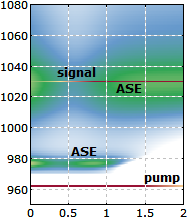


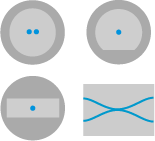

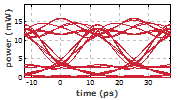
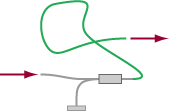
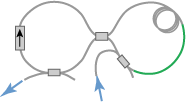
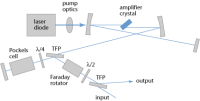

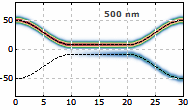
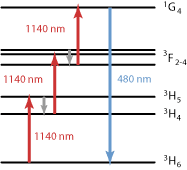

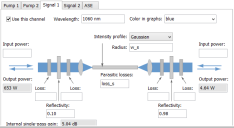
2020-06-18
How does the laser in a digital cinema projector work?
Answer from the author:
There are different technical approaches. For example, they may use a powerful infrared laser combined with nonlinear frequency conversion to get red, green and blue light – see the article on RGB sources.